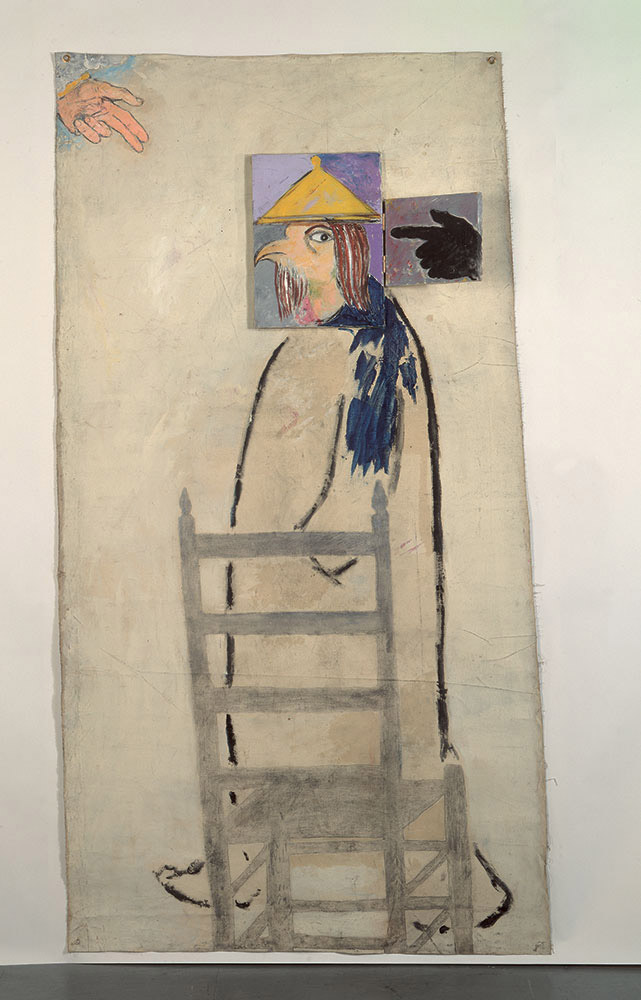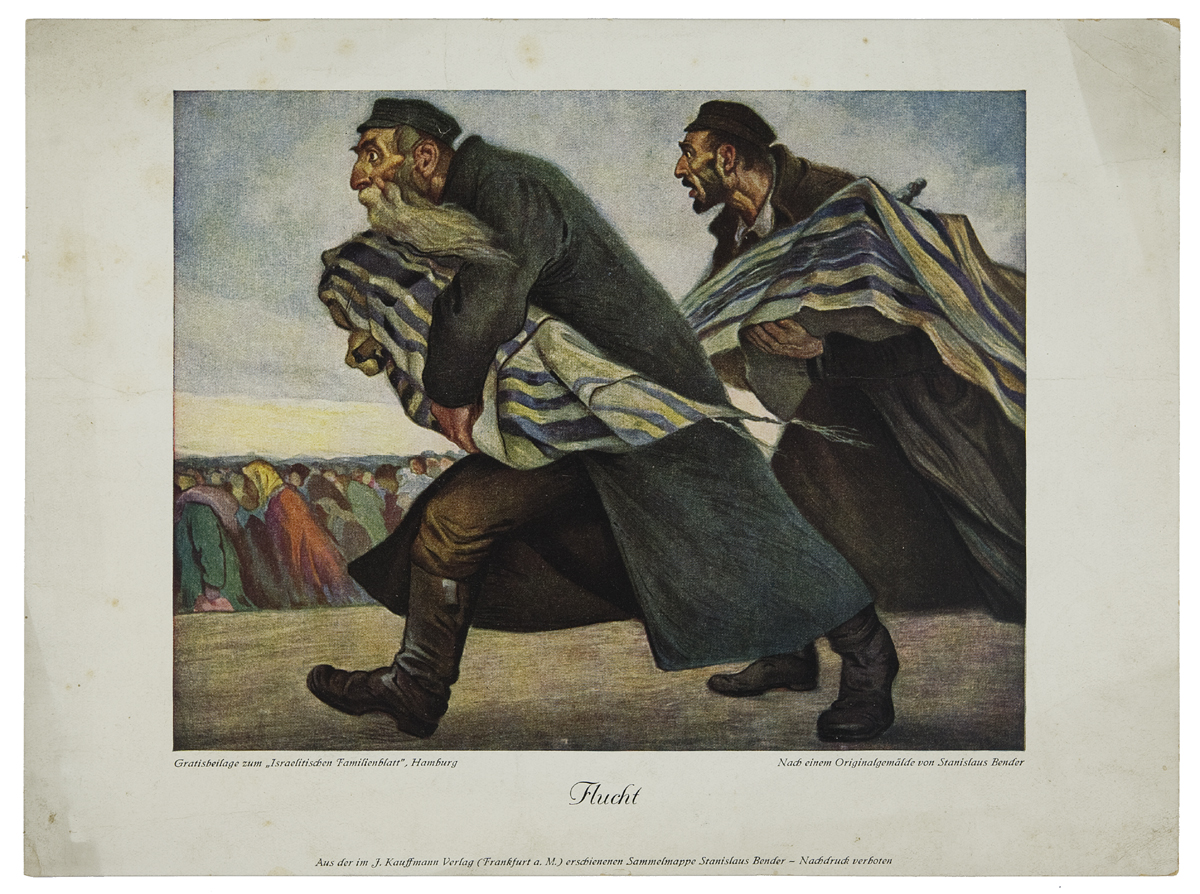Both Jewish and non-Jewish writers deployed the Wandering Jew to address the Holocaust and its implications for the future travels of this formerly immortal figure. In a selection of autobiographical essays titled Legends of Our Time (1968), Elie Wiesel (1928-2016, Romania) writes of becoming the disciple of a nameless, passportless, enigmatic, multilingual vagabond in post-war Paris. Wiesel reflects on how this Wandering Jew “possessed the superhuman power of remaking the past for himself”, sharing his wisdom of surviving in a post-Holocaust world.
Other writers imagine alternate histories for the Wandering Jew. Stefan Heym (1913-2001, Germany) explores the aftermath of the Holocaust for German collective memory. He wrote Ahasver (1981) to protest the forthcoming ‘Luther Year’ of 1983, which commemorated Martin Luther, a leading figure in the Protestant Reformation in Germany. Luther’s antisemitic writings posthumously influenced Nazi thought. Ahasver is presented not as a figure of Jewish victimhood and suffering, but of defiance and change. Together Ahasver and Lucifer jump over the Berlin Wall as an alternative form of the Second Coming.

Ktavim, Wikimedia Commons. Creative Commons Attribution-Share Alike 3.0 Unported license
“He possessed the superhuman power of remaking the past for himself.”
Elie Wiesel
Legends of Our Time (Schoken Books, 1982), p. 88.
Having already survived a period of hard labour, in the 1980s Boris Khazanov (1928-2022, Russia) fled the Soviet Union. Unlike many Jews who moved to Israel, Khazanov chose to emigrate to Germany. In a story entitled ‘Return of Agasfer’ (2007), the Wandering Jew begs 16th-century German occultist Agrippa to tell him when his insufferable wanderings will end. Agrippa looks into his crystal ball and sees Agasfer and Jesus in the same line which leads to the gas chambers: “Christianity also perishes along with the Jews”. Either the Holocaust is seen to end the Wandering Jew’s punishment, or it is another endurance he must survive.

“Christianity also perishes along with the Jews.”
Boris Khazanov
‘Vozvrashchenie Agasfera’, Veter Izgnaniia. Translated by Stefani
Hoffman (ImWerden, 2006), p. 34